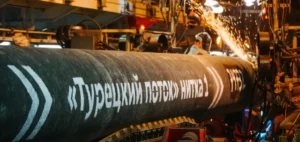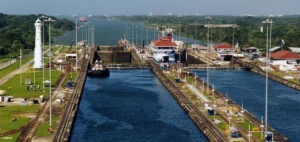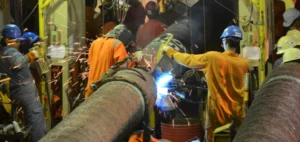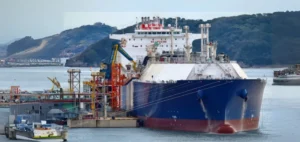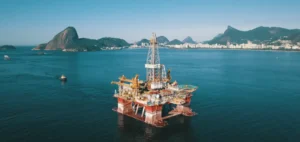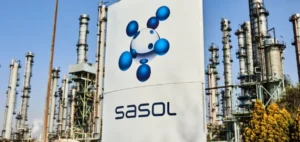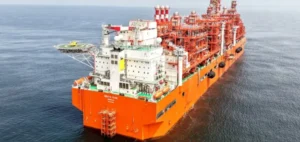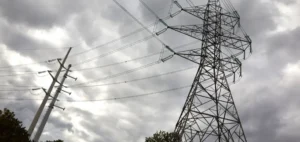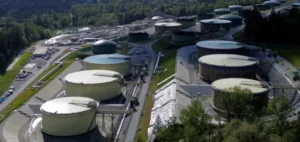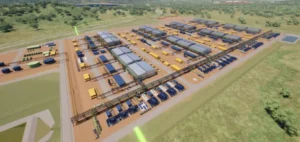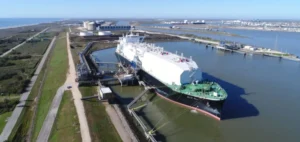Gas extraction in Groningen, Europe’s largest, has come to an end after a historic decision by the Netherlands. This decision, taken after decades of earthquakes and controversy, has major implications for the energy sector and local communities.
Historical and geopolitical context
The beginnings of gas extraction in Groningen date back to 1963, a period when the economic benefits seemed to outweigh the potential drawbacks. However, over the decades, the local population has had to contend with low-magnitude, near-surface earthquakes caused by the vacuum pockets formed during gas extraction. These earthquakes caused significant material damage and raised concerns about the safety of local residents.
Local residents, initially pleased with the announcement of the imminent closure of the deposit in 2018, were soon disillusioned by expert warnings that earthquakes could persist for years. In 2022, the Dutch government took the decision to postpone closure due to global energy uncertainties, largely linked to Russia’s invasion of Ukraine.
Jan Wigboldus, president of the Groningen Gas Council, a local association that defends earthquake victims, points out: “A lot of people in the province are suffering from psychological problems because of gas extraction.” In addition, many victims were faced with legal and technical challenges related to compensation.
Economic implications
According to Shell, some 2,300 billion cubic meters of gas have been extracted from the Groningen field. Between 1963 and 2020, some 429 billion euros (adjusted for inflation) were generated by Groningen gas, with 85% of these profits going to the Dutch state. The end of extraction therefore represents a significant change in the country’s finances.
For several months now, huge mountains of pipeline debris have been visible on the grounds of former extraction stations, already dismantled or in the process of being dismantled. Despite the end of extraction, experts believe that earthquakes could continue to shake the region for years to come.
Human consequences
Many houses in the Groningen area have been restored or rebuilt, incorporating earthquake-resistant structures to ensure the safety of their inhabitants. However, the situation remains worrying, as underlined by resigning Prime Minister Mark Rutte during a visit, declaring that there are “tens of thousands of children in a difficult situation”.
The end of gas extraction in Groningen marks a turning point in the Netherlands’ energy history, with major economic, environmental and social consequences. The authorities have pledged to take steps to manage the repercussions of this decision, while meeting the needs of local residents. As the Netherlands strives to diversify its energy supply, the future of the Groningen region and its economy remains uncertain.



